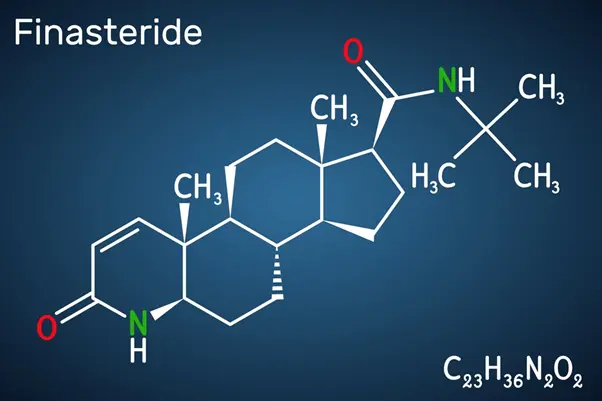In healthy men, testosterone is converted to a by-product called dihydrotestosterone (DHT) by an enzyme called 5-alpha-reductase. It is this DHT that causes progressive thinning (miniaturization), and eventual death, of hair follicles on the scalp that are susceptible to DHT. The overall result is the appearance of hair loss, or balding. In men, this is commonly referred to as male pattern hair loss. In women, this is commonly referred to as female pattern hair loss. In both cases, the medical term for this type of hair loss is androgenetic alopecia. Paradoxically, men can have a hair loss pattern that is more typically seen in women, and women can have a hair loss pattern that is more typically seen in men. However, the cause is the same.
Finasteride is a 5-alpha-reductase inhibitor and works by blocking the action of that enzyme. Specifically, it blocks one of the three types of 5-alpha-reductase enzymes, the Type 2 5-alpha-reductase enzyme. In those taking finasteride, there is a rapid decrease in the amount of DHT in the blood by about 75%. With less DHT in the blood, there is less hair thinning, hair loss, and even reversal of prior hair loss.









